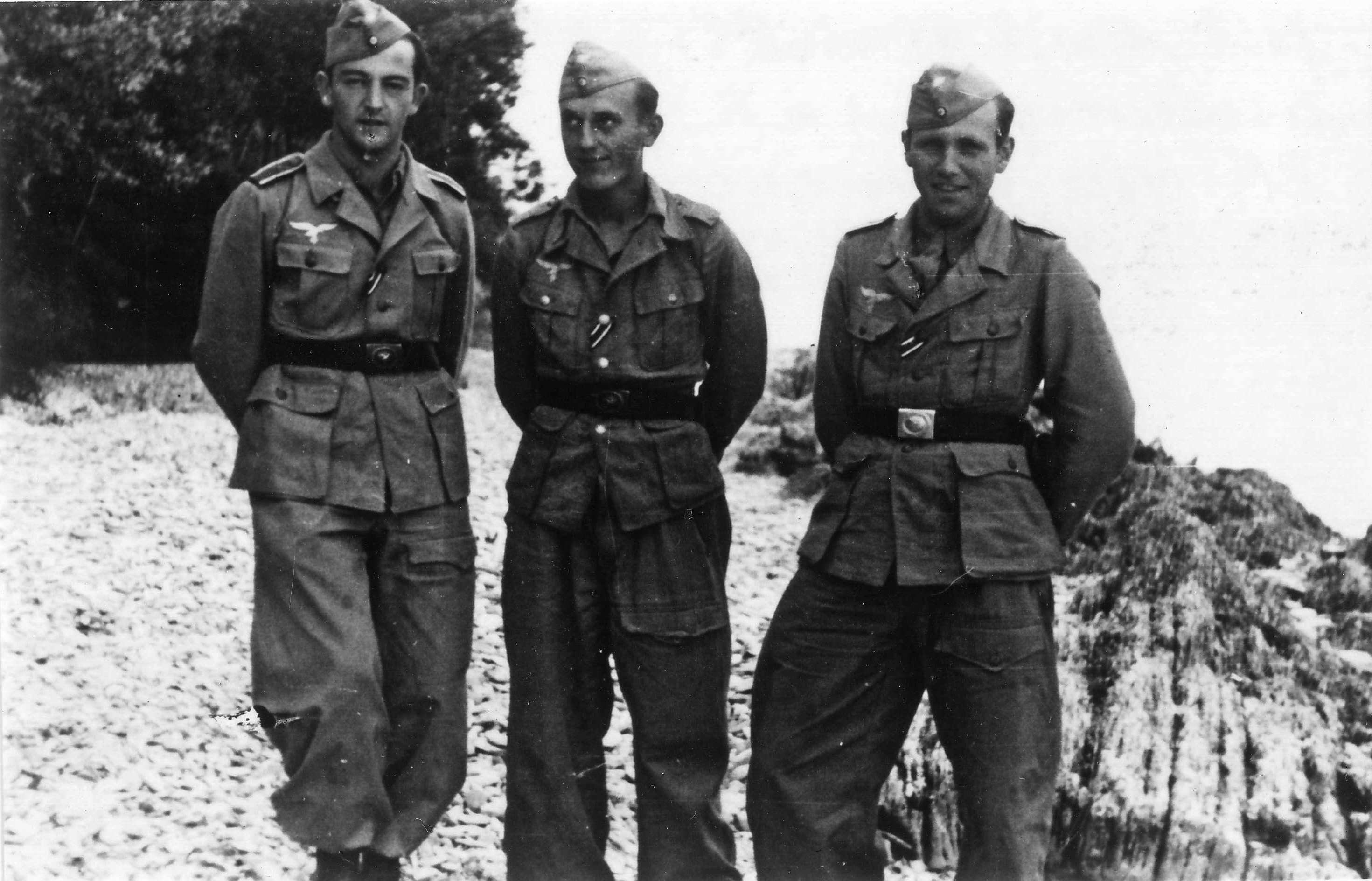Night of 3/4 June
According to a deciphered signal, 2Z+DP, +BM, +[?]M, +CM, +FM, +KP arrived at Perugia between 21.15 and 21.25 hours. Intercepted W/T traffic indicated that, in all, nine Bf 110s had landed at their forward base and later they were heard on patrol south and south east of Rome. The RAF’s No. 276 Wing continued to monitor German frequencies until:
About 2300 hours [GMT = 01.00 hours local time] an Allied aircraft was reported to have been shot down by enemy nightfighter aircraft heard active north of ROME in reaction to Allied bombing.
The Operations Record Book of 205 Group RAF records that a Wellington of No. 330 Wing was missing from a mission to bomb a bridge over the Tiber, south of Rome and that a vivid explosion had been seen at 01.20 hours, 10 miles north of the target area.
In his report that morning, Maj. Leuchs reported the shooting down of a Wellington in the Rome area, by Fw. Bunje of 4./NJG 6. His claim was timed at 01.03 hours, south west of Rome and at an altitude of only 700 metres.
Note: The identity of the missing Wellington remains to be established. If one was lost, it does not seem to have come from any of 205 Group's Squadrons (reassigned to this target after a mission to Timisoara in Romania was scrubbed late in the day). MASAF's daily intelligence/operations notes:
OPPOSITION: scant flak was encountered by 2 Wings. 1 FW190 was seen in target area but not encountered.
CLAIMS — LOSSES: Nil.
|
|

|
Photographed on 5 June 1944 after claiming a Wellington near Rome, from L–R: Uffz. Weimann (Wireless Operator), Gefr. Müller (Air Gunner) and Fw. Bunje (Pilot). (Photo courtesy of Theo Boiten)
|
In all, 44 Wellingtons of 231, 236 and 330 Wings and six Liberators of 240 Wing attacked the bridge, dropping 82 tons of bombs from 01.42–02.25 hours and achieving direct hits on both ends and cratering its approaches.
On the debit side for II./NJG 6, Bf 110 G-4, WNr. 720189 was lost that night. Its crew, all posted dead or missing, were Hptm. Alfons Habermayr (pilot), Uffz. Alfons Schreiterer (wireless operator), both of 6. Staffel, and Oblt. Kraftmut Deubner who was a Nachtjagdeinsatzleiter (Nightfighting Operations Director) rather than regular aircrew. The circumstances of this loss are recorded as “take off from Ghedi” so the aircraft may have come down before it reached Perugia.
Night of 4/5 June
On 4 June, NJG 6’ s Kommodore, Maj. Heinrich Griese flew to Ghedi, to confer with Luftflotte 2 about his II. Gruppe’s assignment. There was agreement that operations without ground control were doomed to failure. Griese returned that evening and, despite the pessimism at command level, seven Bf 110s deployed to Perugia, 2Z+DP, BM, [?]M, CM, FM and KP among them.
The crew of Bf 110 G-4 WNr.720132 became disorientated and abandoned their aircraft over “Graziano” (probably either Gracciano or Gracciano dell’ Elsa, both in the province of Siena). While two men baled out safely, pilot Ofw. Helmut Treynogga was killed.
Five machines made the return flight next morning, arriving in Ghedi at 05.30 hours.
Night of 5/6 June
At 01.13 hours, on a mission to cause road blocks in Viterbo area, Wellington "L" of No.142 Sqn. was making its bomb run when its crew spotted two Bf 110s slightly below and about 400 yards off. One of the fighters turned in and the Wellington’s rear gunner opened fire just as the hostile approached the port quarter, causing it to break away. Two short bursts were fired at the second Messerschmitt which was almost dead astern at 300 yards, level. No results were seen and the bomber’s crew lost sight of their pursuer.
Night of 6/7 June
At 02.29 hours, Wellingtons attacking Orvieto reported three bursts of air-to-air firing at 42 15 N, 12 50 E (about 50 km. north east of Rome).
continued on next page...

|



